A 1440p GPU!
Review Summary
The Asus ROG Strix GeForce RTX 2080Ti O11G offers a visually stunning design with Aura RGB Lighting, dual BIOS flexibility, and solid 1440p gaming performance. However, its high power consumption and modest performance gain over the GTX 1080Ti may not justify an upgrade for current owners of higher-end 1000-series cards.
Hours Tested: 18-20
Overall
-
Performance - 8/10
8/10
-
Design - 9/10
9/10
-
Features - 9/10
9/10
-
Value - 7/10
7/10
Pros
- Stunning design
- Dual BIOS
- LED On/Off button
- Solid 1440p gaming
- Advanced technologies support
- 3-year warranty
Cons
- High power consumption
- Modest performance gain
Asus has sent me their high-end gaming graphics for Asus Strix GeForce RTX 2080Ti O11G Review. I have recently reviewed their Strix GeForce RTX 2080 O8G and found that card to be a high performer but coming at a vault-breaking price. The Asus Strix GeForce RTX 2080Ti OC edition retains the design of Strix cards introduced with Pascal generation with fans receiving a worthy upgrade. So, Is the RTX 2080Ti a game-changer when it comes to 4K gaming?
Key Takeaways
- The ASUS ROG Strix GeForce RTX 2080 Ti is ideal for anyone who wants to game at 1440p.
- The ASUS ROG Strix GeForce RTX 2080 Ti is not for users who want to take advantage of modern technologies.
- The ASUS ROG Strix GeForce RTX 2080 Ti comes with 11GB of GDDR6 memory, a boost clock speed of 1665 MHz, as well as support for DLSS.
- Why you can trust Tech4Gamers: Our reviews are based on dedicated hands-on testing by our team of experienced hardware experts. Find out more about how we test.
Take a look at the specifications of the card.
| Technical Specs | ASUS Strix GeForce RTX 2080 Ti |
| CUDA Cores | 4352 |
| Base Clock | 1350 MHz |
| Boost Clock (OC Mode) | 1665 MHz |
| Memory Size | 11 GB |
| Memory Type | GDDR6 |
| Memory Speed | 14000 MHz |
| Memory Interface | 256-bit |
| Dimensions | 12 ” x 5.13 ” x 2.13 ” Inch |
| Power Consumption | Above 300W |
| Recommended PSU | 650W |
| Power Connectors | 2 x 8-pin |
| Slot | 2.7 Slot |
Unboxing And Packaging
Here is the complete unboxing experience of the ASUS ROG Strix GeForce RTX 2080 Ti.
Box Contents
- 1x Asus Strix GeForce RTX 2080Ti O11G graphics card
- 2x Asus ROG branded Velcro Hook and Loop
- 1x Quick Guide
- 1x Installation disk
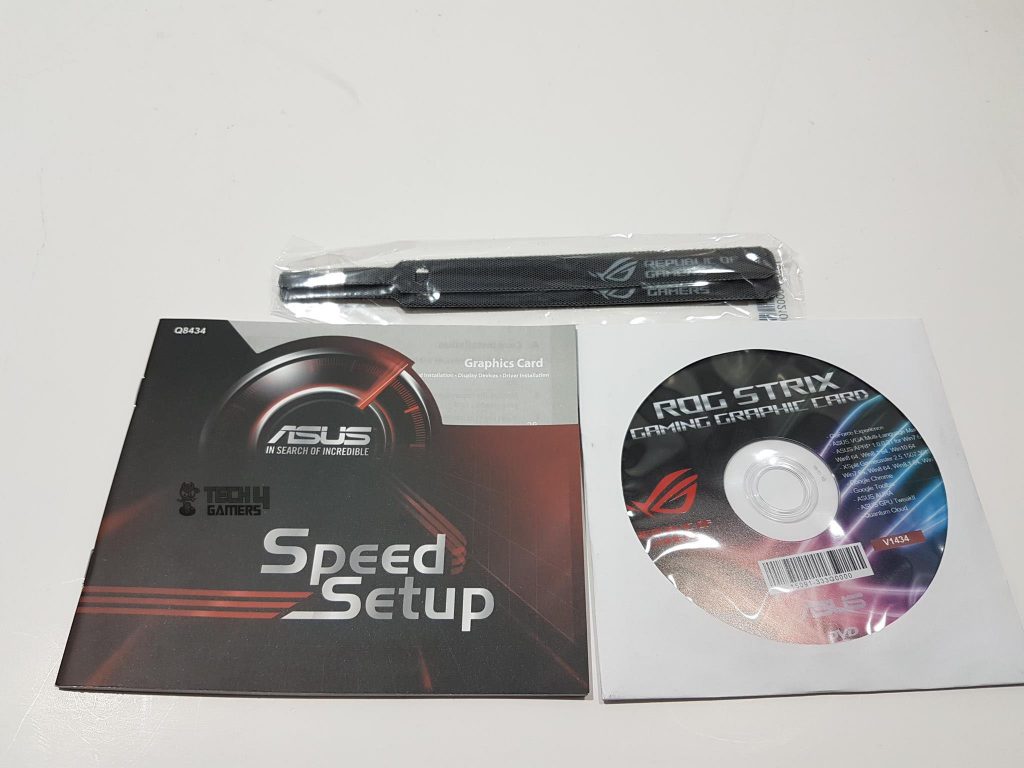
Closer Look
The ASUS Strix GeForce RTX 2080Ti O11G boasts a visually stunning 2.7 slot design with the familiar shroud introduced in the Pascal generation. Aura Sync adds a subtle touch during operation, complementing Asus ROG series motherboards. The dimensions are 12×5.13×2.13 inches, following PCIe 3.0 interface, featuring 11GB GDDR6 memory with a 1750MHz clock, 352-bit bus width, and 616 GB/s bandwidth.
The cooler shroud, made of hard plastic, includes LEDs controlled by AURA Graphics Card software. ASUS redesigned the cooler for Turing, increasing the fin stack width by 20%, creating a 2.7 slots design for enhanced heat dissipation. The fan hub size was reduced, allowing longer blades, and a barrier ring was added for structural integrity.
As mentioned above, among the key differentiating design features of this card over the previous generation is the Dual BIOS implementation. The Asus Strix GeForce RTX 20xx cards come with two BIOS.
In order to differentiate the two, they are labeled as P-Mode and Q-Mode. P-Mode focuses on the performance with adequate cooling over the acoustic whereas the Q-Mode is focused on the silent operations which come at the cost of thermal performance. I have tested the thermal performance of the graphics card under both modes which can be checked in the testing section.

On the top side of the PCB, there’s a switch with P-Mode on the left and Q-Mode on the right, defaulting to P-Mode. Switching BIOS doesn’t take effect until a PC restart after Windows is loaded. Asus testing reveals a 27% cooler temperature in P-Mode and a 13% quieter operation in Q-Mode. I think that the switch adds flexibility and the impact on temperature and noise is noteworthy.
A notable design improvement is the LED On/Off button on the back of the graphics card, allowing me to easily control the RGB lighting. Unlike the previous design, now I can turn the lighting on or off based on my preference, addressing user feedback.
It’s a welcome feature for those aiming for a stealthier look.
Examining the top side, I notice “STRIX” on the lower left and “GeForce RTX” on the upper part of the shroud. The straight-fin design is present, and the shroud doesn’t fully cover the fin stack, crucial for effective heat dissipation. The illuminated “Republic of Gamers” branding on the top left adds a nice touch during operation.
Personally, I appreciate Asus’ reinforcement with a metal brace in this Strix card, enhancing structural integrity by 3X, preventing excessive torsion and bending of the PCB.
The Asus Strix GeForce RTX 2080Ti OC edition, requiring dual 8-pin power connectors with LEDs indicating power status, features a partially exposed heat sink revealing five heat pipe heads on the front side. Although provision for two fan headers is present, they’re currently absent. Since I did not open the card, uncertainty remains about the PCB accommodating future PWM header implementation.
On the left side, there’s a fan power connector, RGB LED power connector, and a 4-pin RGB header for compatible RGB LED strips. The extended shroud enhances the overall design for a unified look.
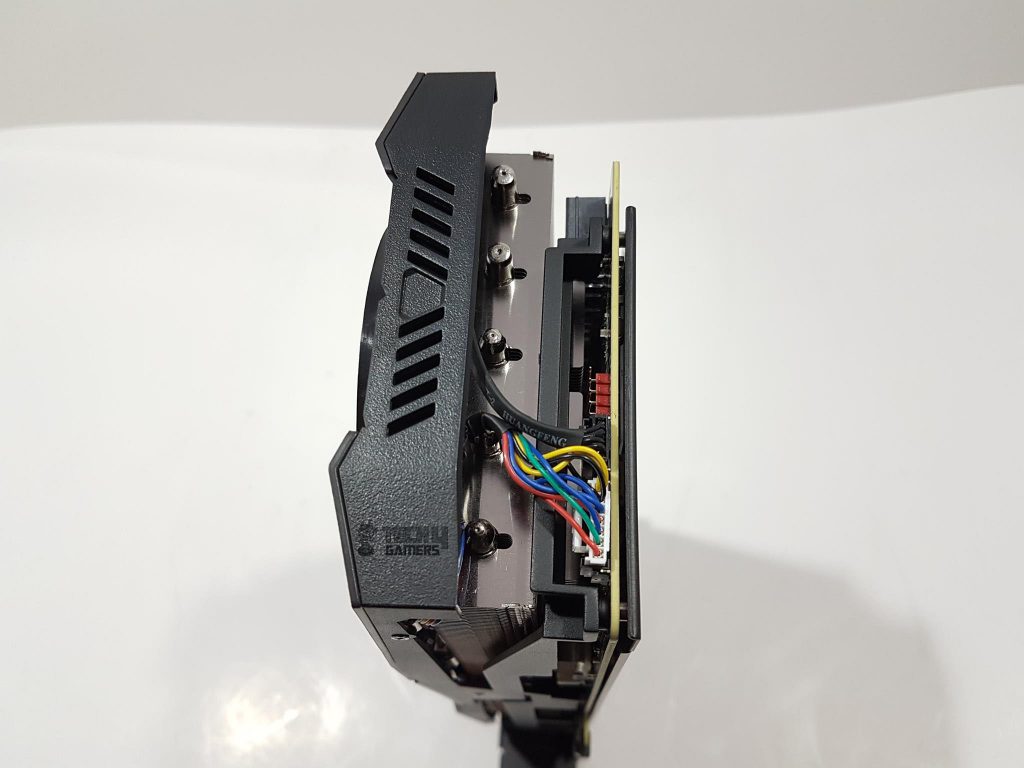
On the graphics card’s backside, the familiar metal backplate with Strix-patterned lines and a large RGB-lit ROG Eye diffuser adds a stylish touch. Two 8-pin power connectors are visible, accompanied by potential overclocking tweaking points soldered on the left side. A white sticker covers a screw on the GPU bracket, potentially impacting warranty if removed.
The bottom right features a serial number sticker, and the LED on/off button is positioned under the NVLink connector. While Turing-based cards support NVLink for high-bandwidth multi-GPU setups, it appears there’s no thermal pad between the backplate and PCB.
The rear side features a black I/O shield, contributing to the card’s aesthetic. The I/O includes two HDMI 2.0b ports, two DisplayPort 1.4 ports, and a USB Type-C port. This setup facilitates seamless VR experiences without cable swapping, offering improved cable management with backside implementation.
The bottom side of the card clearly shows the two fin stacks on the cooler. Thermal pads have been used on the possible point of contact between the PCB and the cooler.
ASUS employs Auto-Extreme Technology in their graphics card production, a fully automated process ensuring premium quality, consistent performance, and increased longevity. This method enables single-pass soldering, reducing thermal strain and eliminating harsh cleaning chemicals. The result is a more environmentally friendly, energy-efficient, and reliable product.
The Asus Strix GeForce RTX 2080Ti O11G boasts 16+3 power phases with Super Alloy Power II components, enhancing efficiency and reducing power loss. Featuring SAP II capacitors for an extended lifespan, SAP II chokes to minimize buzzing, SAP II DrMos for lower temperatures and increased efficiency, and SAP II POSCAP for maximum overclocking headroom.
Aura Sync
Featuring Aura RGB Lighting on both the shroud and the back plate, ROG Strix graphics cards are capable of displaying millions of colors and six different effects for a personalized gaming system. ROG Strix graphics cards also feature ASUS Aura Sync, RGB LED synchronization technology that enables complete gaming system personalization when the graphics card is paired with an Aura-enabled gaming motherboard. There are 6 modes which user can configure and select for the color effect.
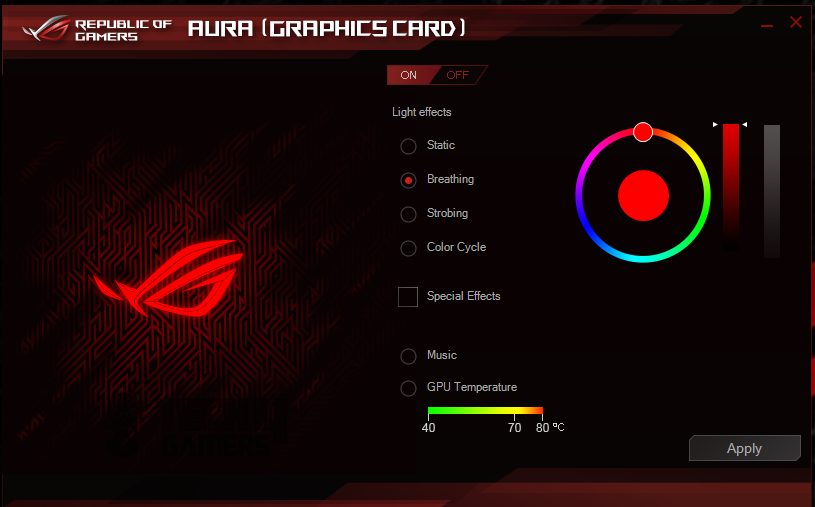
- Static mode. A single color of user’s choice would remain lit.
- Breathing mode would fade in and out the user’s selected color.
- Strobing mode flashes the user’s selected color.
- Music Effect mode would produce the pulses of the user’s selected color.
- Breathing mode will enable the user to select the color which will be then faded in and out.
- GPU Temperature will change the color depending upon the load and the temps under the loads.
GPU Tweak II
Asus has designed comprehensive software to control and monitor their graphics cards. This software is known as GPU-Tweak-II. It has a typical red and black color theme on it which represents ROG traditional colors. Though in recent times, ROG has taken a deviation from the Red/Black combo and is setting yet another tradition when it comes to colors on the brand.
In crux, this software has everything, the user would have dreamt of to monitor and control their graphics cards. Plus, an interface is easy to understand and once, you have launched it, it will get you going.
Test Bench
Following test bench setup is used:
- Intel i7 8700k @ 5.0GHz using 1.350V
- Asus Strix Z390-E Gaming
- Ballistix Elite 4x4GB @ 3000MHz
- Deepcool Castle 240 AIO
- Thermaltake TP RGB 750W Gold PSU
- HyperX 120GB SSD
- Seagate Barracuda 2TB for games
For GeForce GTX graphics card, Nvidia’s driver 398.36 is used and for GeForce RTX graphics cards, Nvidia’s 411.70 drivers are used. Microsoft Windows 10 x64 version 1607 was used. All the reported framerates are average. Previously Unigine Heaven and Valley were a part of our testing but they have been dropped in favor of superposition.
The performance of this card has been tested on 1440p and 2160p. Primarily, I’ll be comparing the Asus Strix GeForce RTX 2080Ti O11G with the Asus Strix GeForce GTX 1080Ti O11G. Let’s take a look at performance graphs.
Overclocking
The Asus Strix GeForce RTX 2080 Ti is a factory-overclocked card denoted by “O11G.” In Gaming mode, it features a 1350MHz base clock (similar to Nvidia’s reference design) and a 1660MHz boost clock. In OC mode, the base and boost clocks are slightly elevated at 1350MHz and 1665MHz, respectively. Out of the box, it boosted to 1950MHz, but sustained at around 1905MHz.
Overclocking proved challenging; I initially focused on memory overclock, adjusting voltage to 100%, and increasing the power limit to 125% with an 88°C temperature limit. I managed to get +50MHz on the core clock and +445MHz on the memory clock. Unfortunately, any attempt to go any further was met with artifacts. Surprisingly, the stress test never crashed.
With overclocking the maximum boost for once reached at 2070MHz though the clocks were never settled as there was continuous fluctuation with 2025MHz being the lowest. For this overclocking attempt, the fans were set to run at their max speed which was reported as 3394 RPM. Despite overclocking the results are marginal. Here is the result of the synthetic benchmark with overclocking:
3dMark
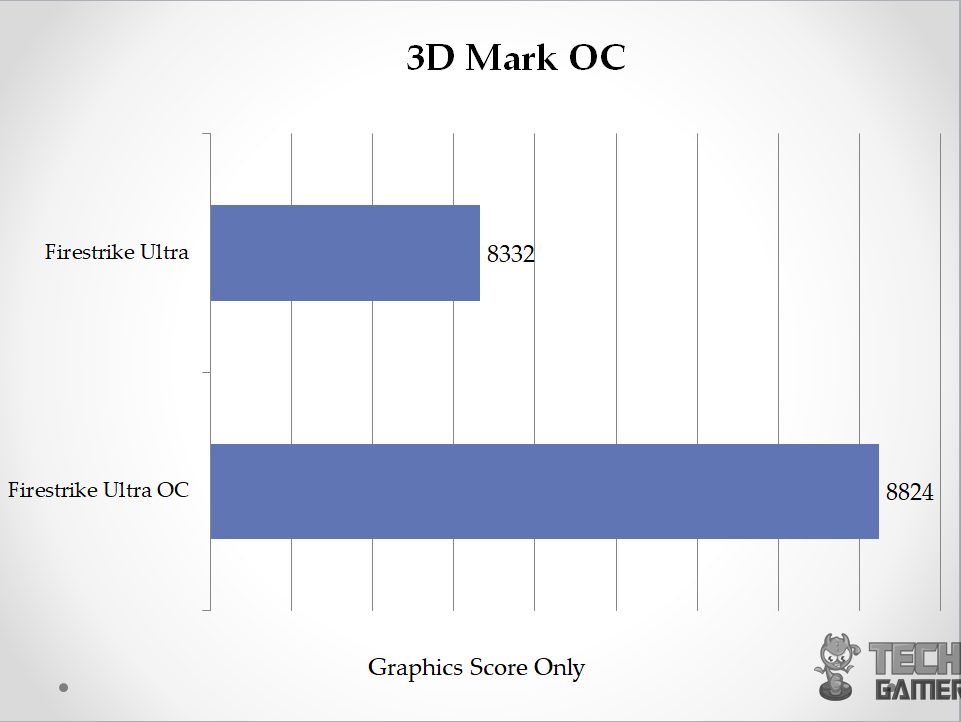
2080 Ti Power Limit
The graphics card consistently hit the power limit, not the thermal limit, with a default setting of 100% and 83°C. Boost clock throttling down to 1750MHz occurred at 68°C due to the power limit. Increasing the power limit to 125% resulted in a significant reduction in power limit hits, with a maximum drop to 1905MHz. I suggest users keep the power limit at 125% for optimal performance, irrespective of overclocking intentions.
Geforce RTX 2080 ti Thermals
The graphics card underwent a 10-minute Furmark test at native resolution with 8x MSAA in full screen, in both P-Mode and Q-Mode. After each test, a minimum of 30 minutes of idling was observed. In Q-Mode, a peak temperature of 79°C was reached, while P-Mode recorded a maximum of 69°C. It’s worth noting that using Q-Mode impacts boost clocks due to the dynamic nature of turbo boost 3.0, similar to Pascal architecture.
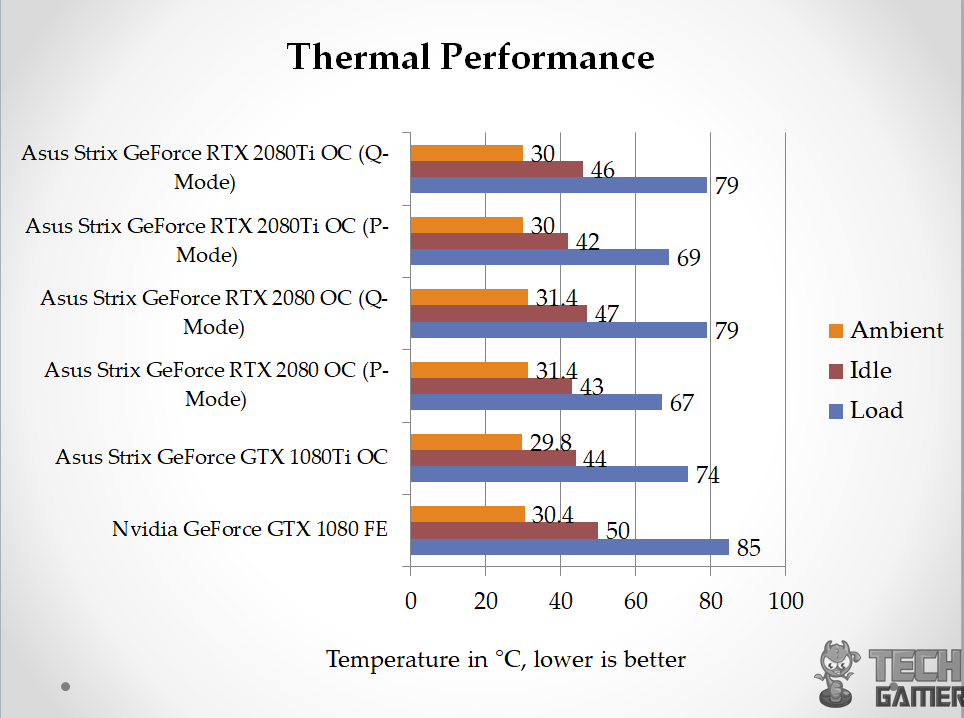
I have tested the graphics card in P and Q modes to check for performance loss if any. For this purpose, Battlefield 1 was used using Ultra settings in DX11 at 4K. Here are the results:
| Mode | Minimum Boost Clock | Maximum Temperature | FPS |
| P | 1905MHz | 69°C | 104.9 |
| Q | 1785MHz | 79°C | 102.8 |
Power Consumption
Effective from the first RTX content, I am using HWInfo 64 to record the power consumption of the graphics card. It seems like the HWinfo 64 is measuring the total power draw of the graphics card, not just the GPU. The below graph shows the power draw of the graphics card only and not of the PC.
The power draw of the Nvidia GeForce GTX 1080 FE seems sketchy as the chip itself has TDP of 180W. To measure the power draw on idle, all the background apps were closed and the system was left on idling for 30 minutes. Battlefield 1 in DX11 at 4K using Ultra settings was used to measure the in-game power draw of the graphics card.
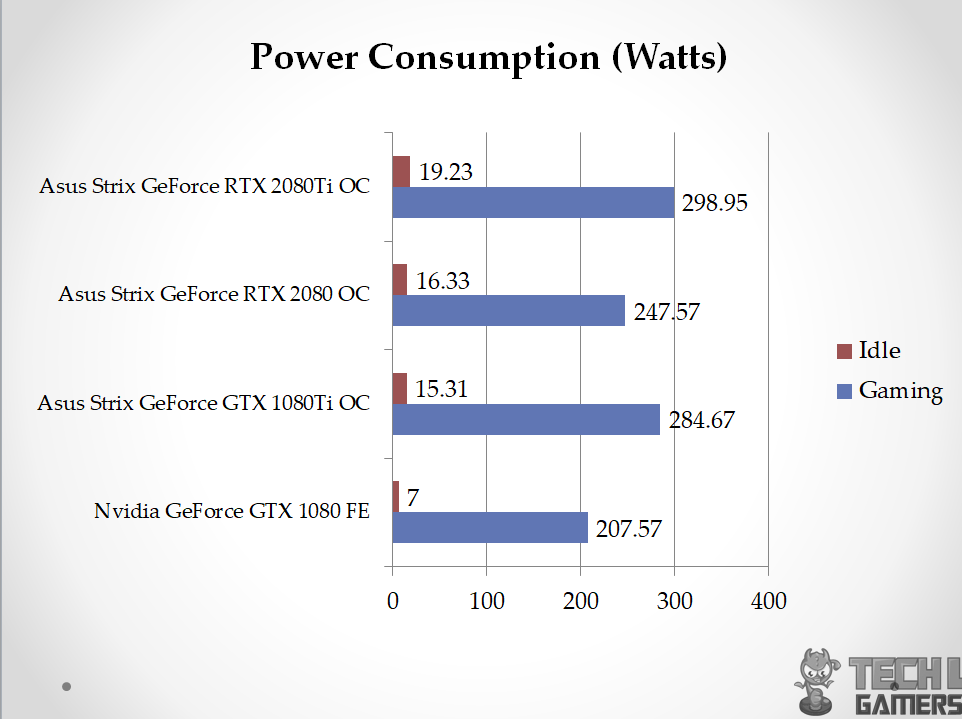
RTX 2080 Ti Acoustics
Summer environmental noise interfered with sound meter testing, rendering it unreliable. The open-air test bench revealed the card’s impressive silence under Q-Mode. However, this quiet operation resulted in a higher max temperature of 79°C..
The P-Mode is still not that much audible and with room’s fan powered off and fans on the AIO set at 40% of their speed, the whole room was almost silent and I had to get much closer to the graphics card to hear the fans under the stress test under P-Mode. Asus has definitely done a great job in this department.
Should You Buy It?
After testing, I was able to identify who the card was designed for.
Buy It If:
✅You want to game at 1440p: The ASUS ROG Strix GeForce RTX 2080 Ti provides satisfactory performance at 1440p.
✅You are upgrading from an older GPU: Anyone upgrading from an older graphics card will find the RTX 2080 Ti a worthy upgrade.
Don’t Buy It If:
❌You want lower power consumption: The Strix RTX 2080 Ti’s consumes a lot of power.
❌You own a higher-end 1000-series card: Anyone with a GeForce GTX 1080 or 1080 Ti will not drastically benefit from the 2080 Ti’s performance uplift.
Conclusion
In conclusion, the Asus Strix GeForce RTX 2080Ti O11G builds upon the familiar design of Pascal, offering dual BIOS options for either enhanced performance or quieter operations. While the initial performance gain over the GTX 1080Ti is modest at 20-25%, the true potential of this card lies in the unexplored territories of Ray Tracing and AI, supported by dedicated hardware.
The current boost primarily comes from Rasterization, and we anticipate more significant gains in efficiency and performance with the utilization of these advanced technologies in upcoming games. Asus provides a respectable 3-year limited warranty, making it a reliable choice.
However, if you’re currently using a GTX 1080Ti, it might be worth holding off until comprehensive testing of features like RT and DLSS is available to fully gauge the Turing-based graphics card’s capabilities.
I am thankful to ASUS for giving me the opportunity to review their Asus ROG Strix GeForce RTX 2080Ti O11G.
Recent Updates
- January 24, 2024: Few text changes to improve readability.
Thank you! Please share your positive feedback. 🔋
How could we improve this post? Please Help us. 😔
[Hardware Reviewer & Editor]
Meet Nauman Siddique, a highly experienced computer science graduate with more than 15 years of knowledge in technology. Nauman is an expert in the field known for his deep understanding of computer hardware.
As a tech tester, insightful reviewer, and skilled hardware editor, Nauman carefully breaks down important parts like motherboards, graphics cards, processors, PC cases, CPU coolers, and more.
- 15+ years of PC Building Experience
- 10+ years of first-hand knowledge of technology
- 7+ years of doing in-depth testing of PC Hardware
- A motivated individual with a keen interest in tech testing from multiple angles.
- I majored in Computer Science with a Masters in Marketing
- Previously worked at eXputer, EnosTech, and Appuals.
- Completed Course in Computer Systems Specialization From Illinois Tech


 Threads
Threads
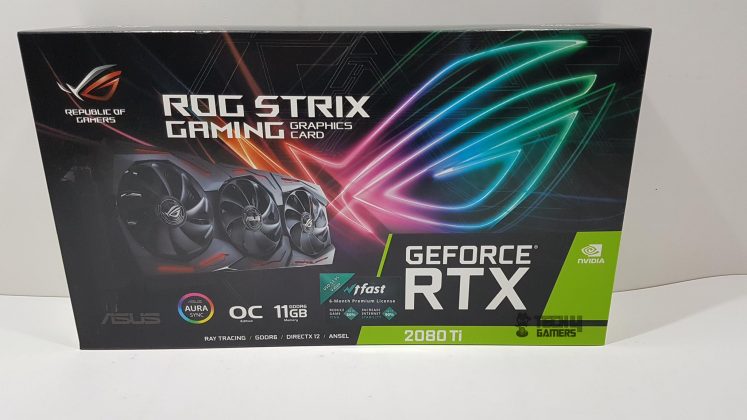

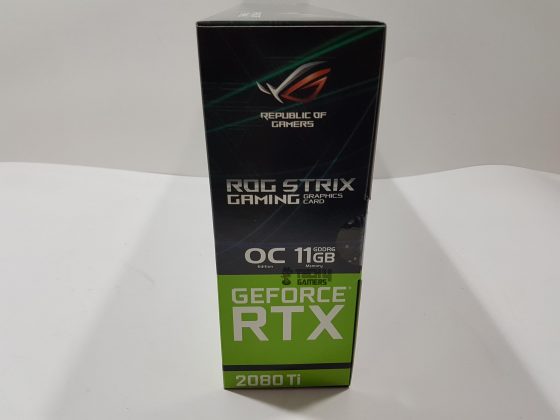






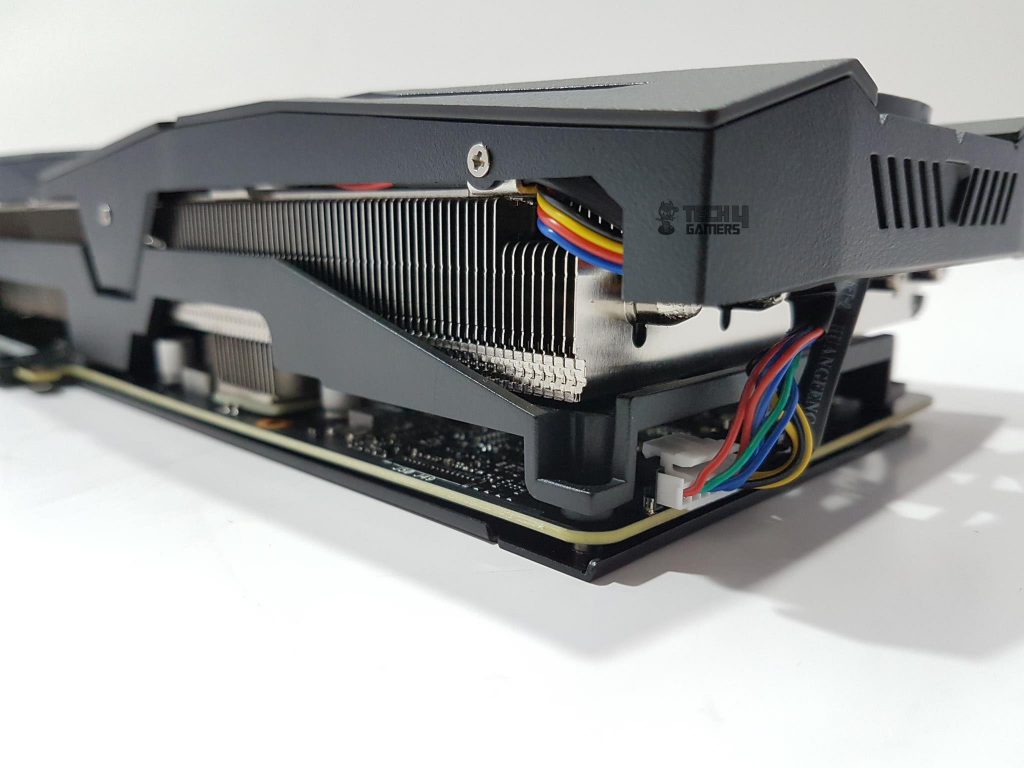
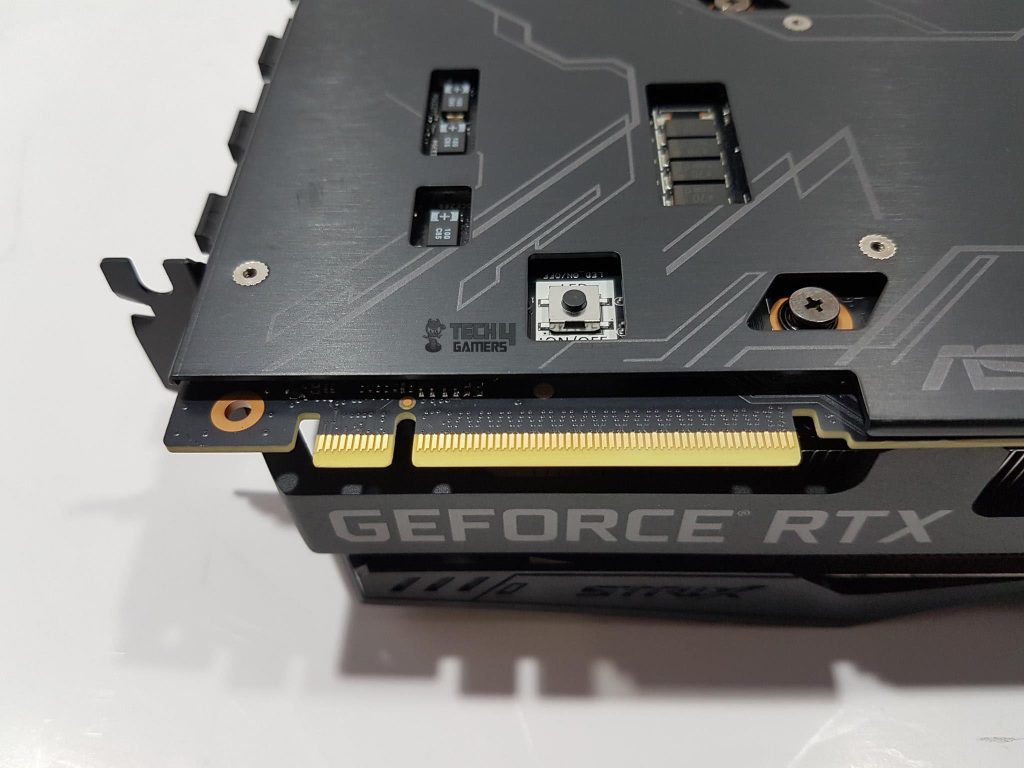
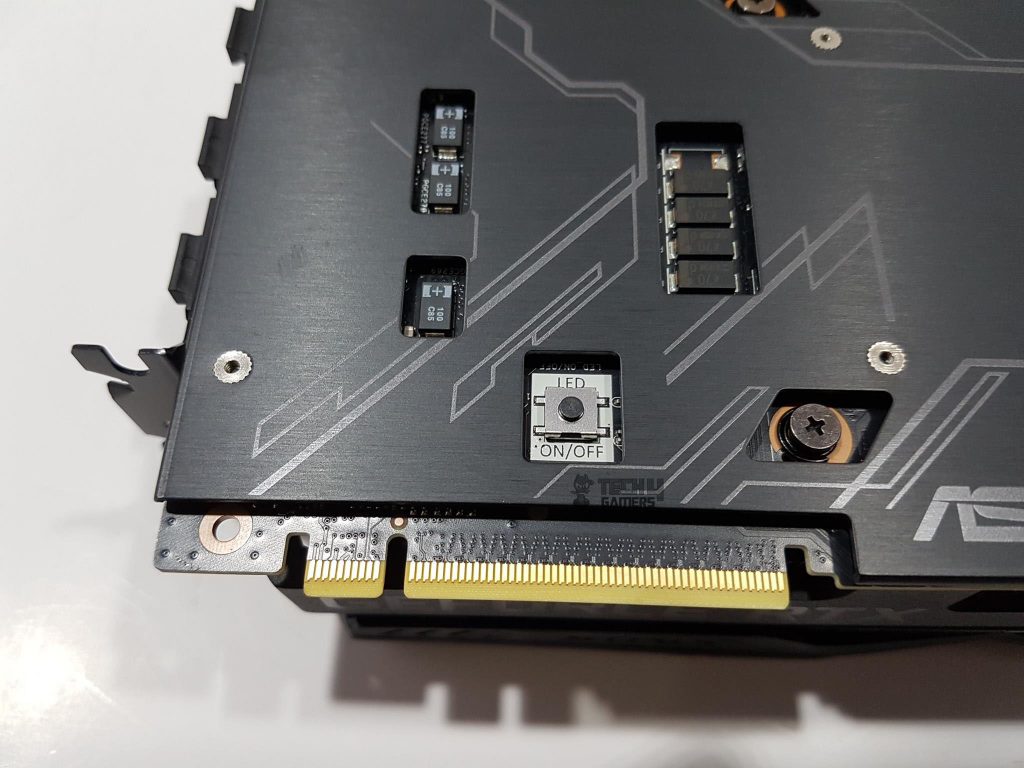



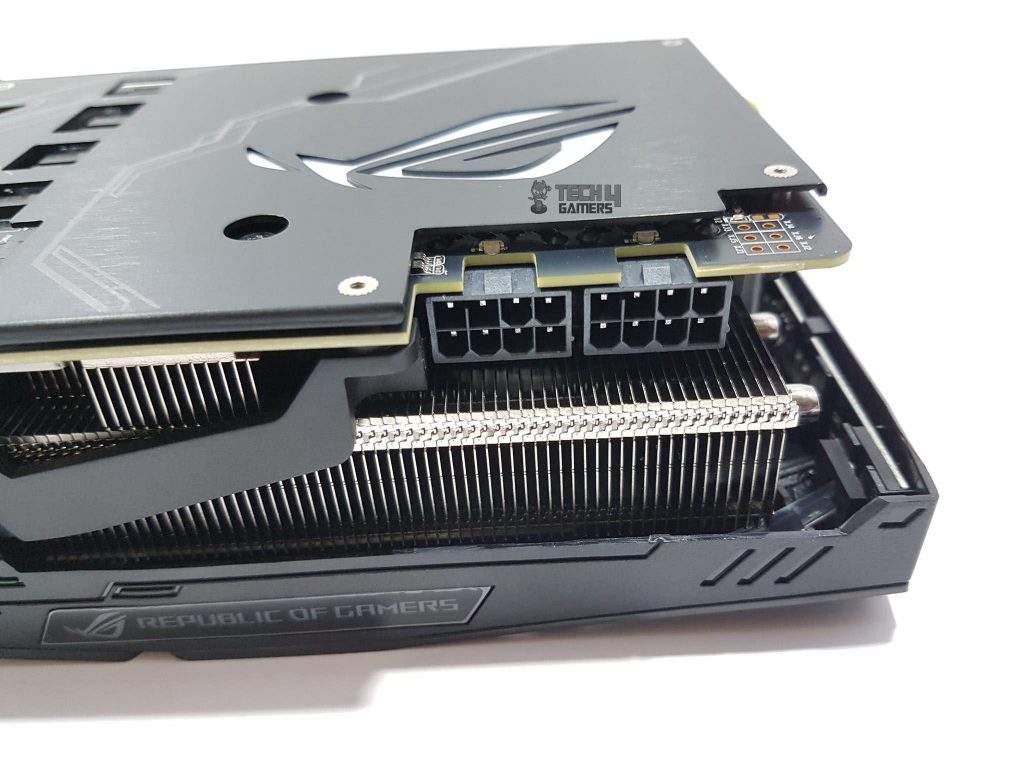
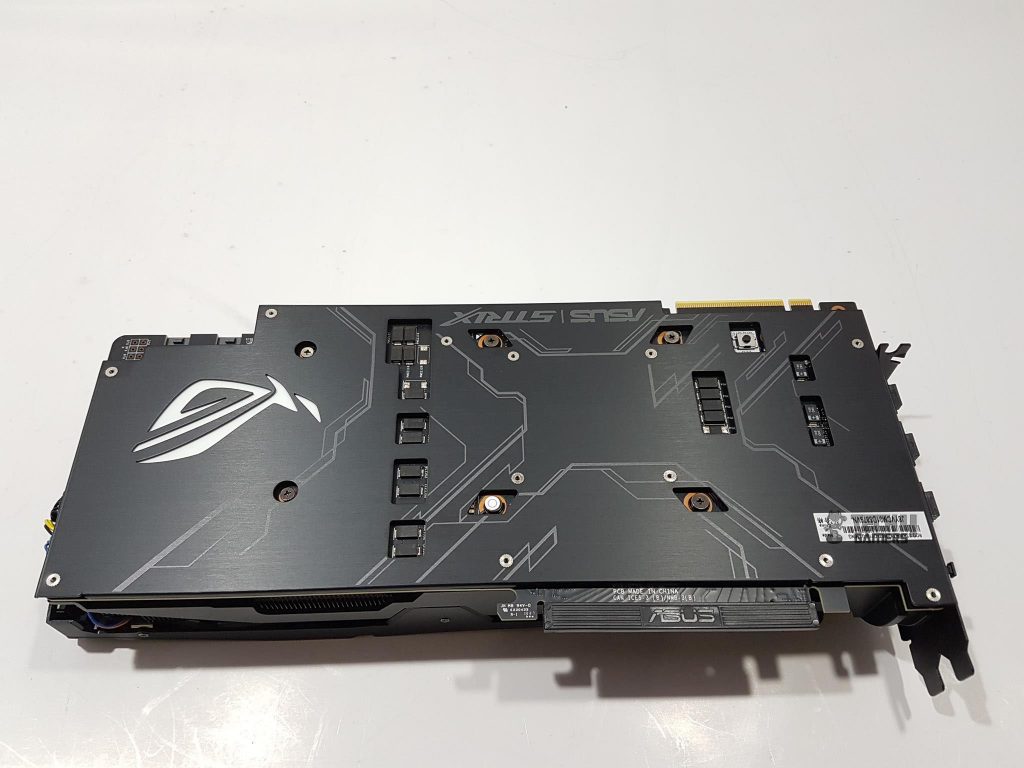
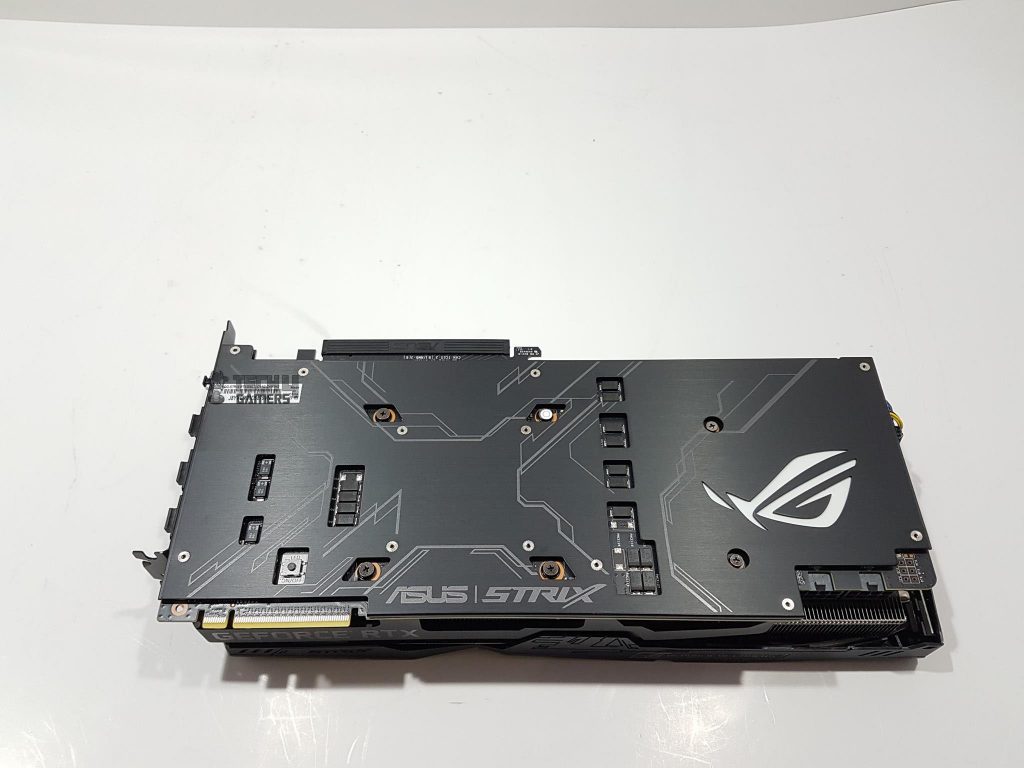
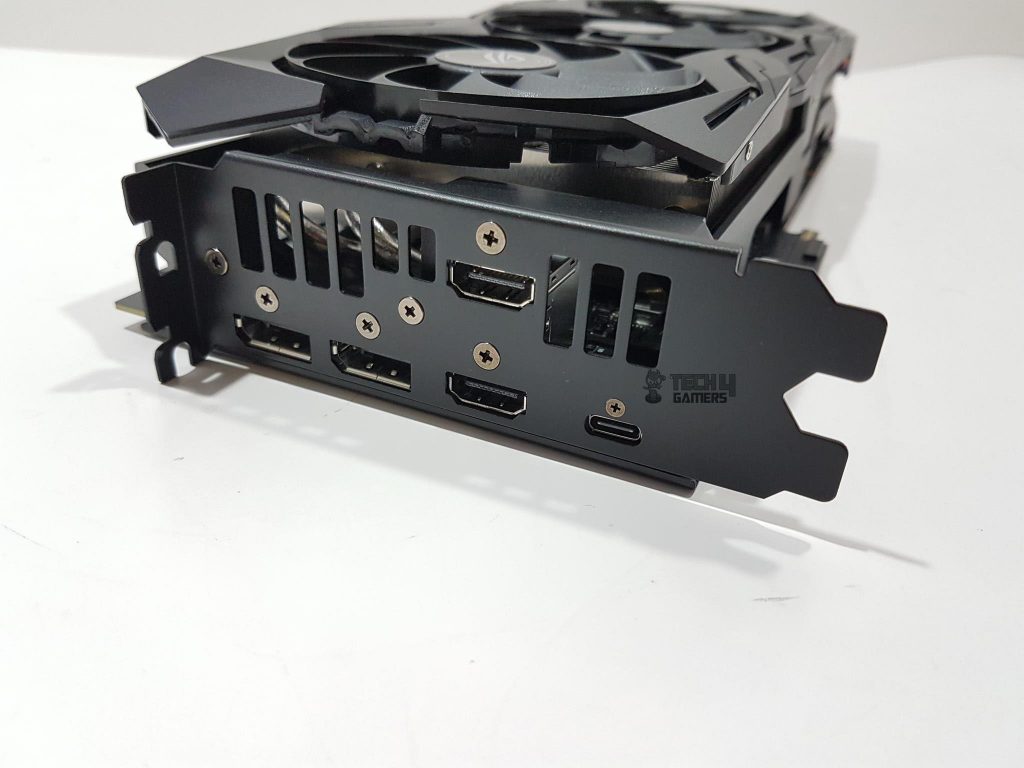

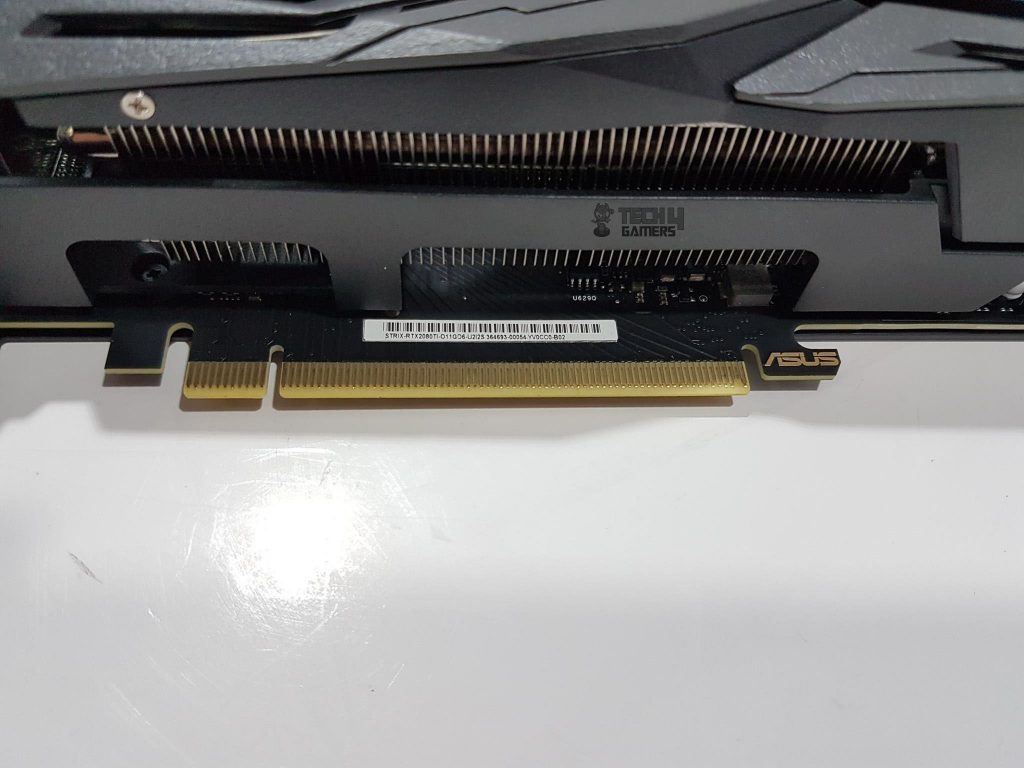
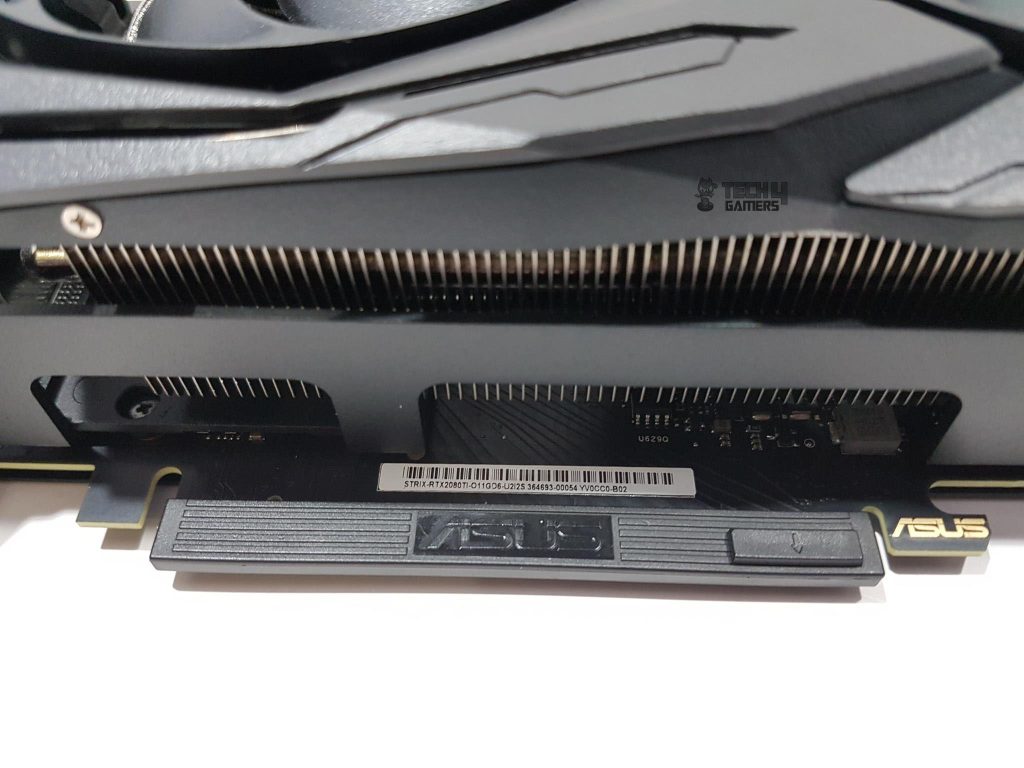
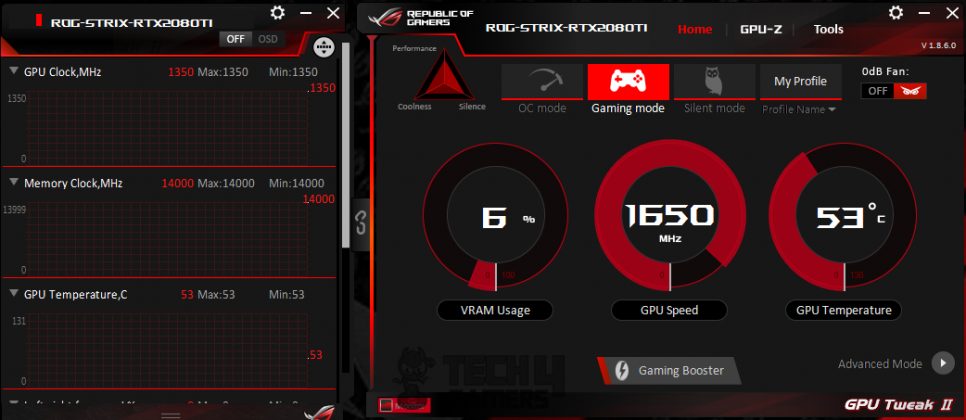
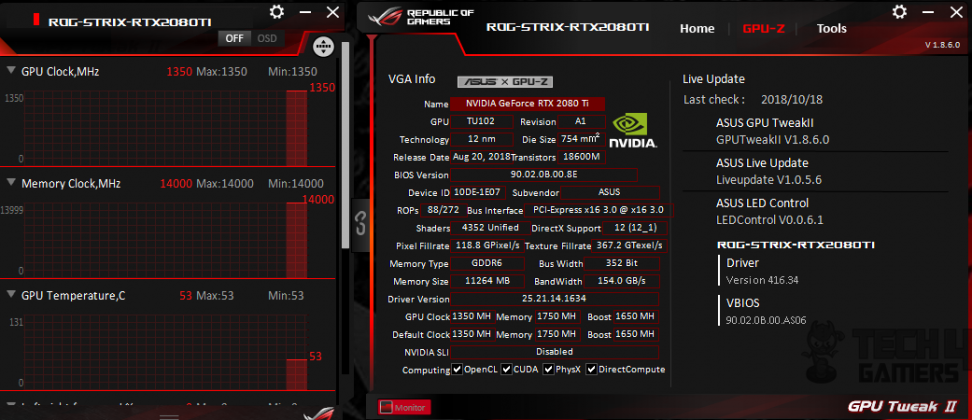
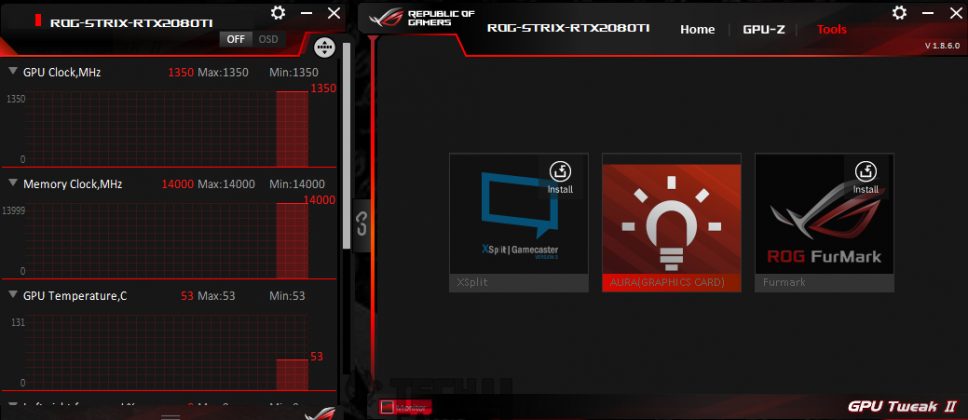
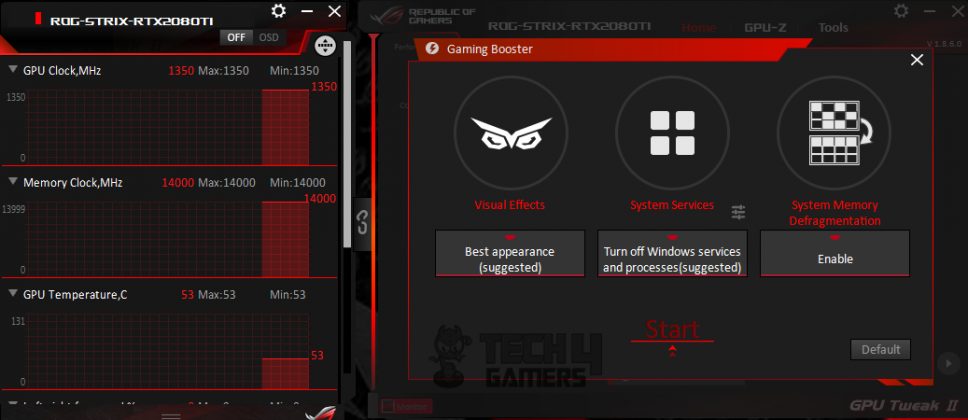
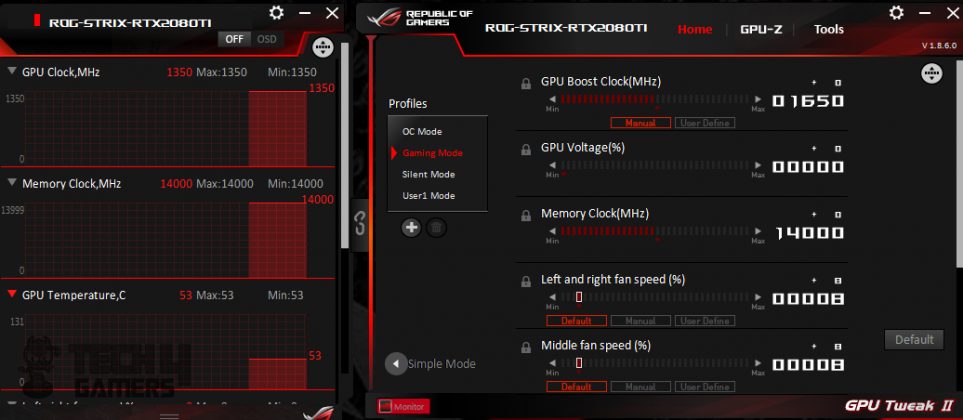
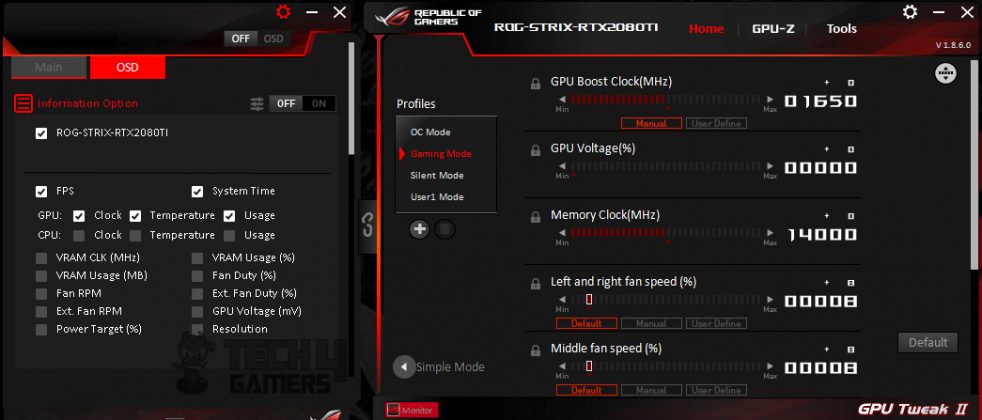
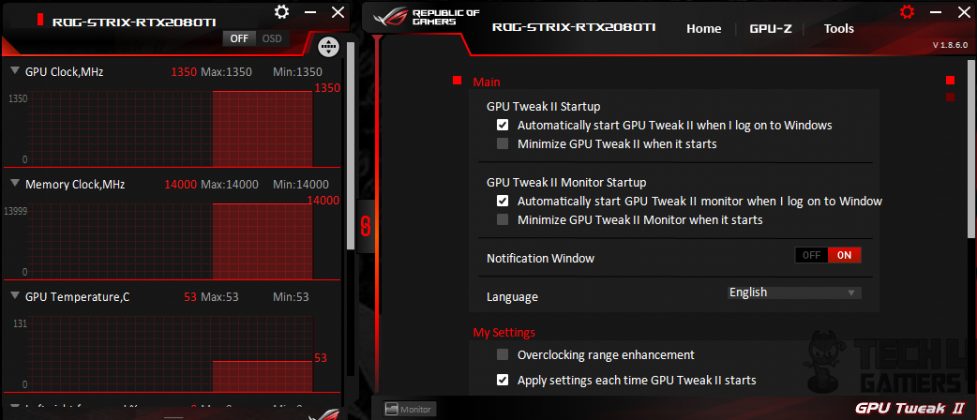
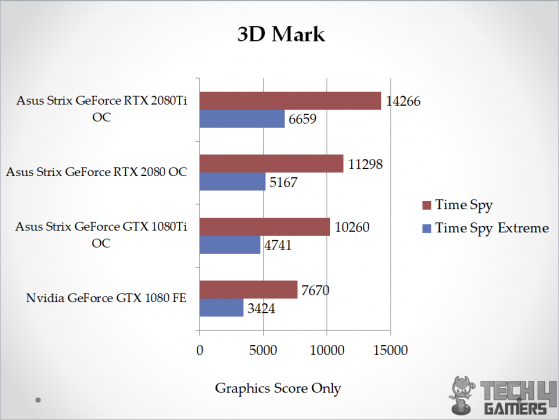
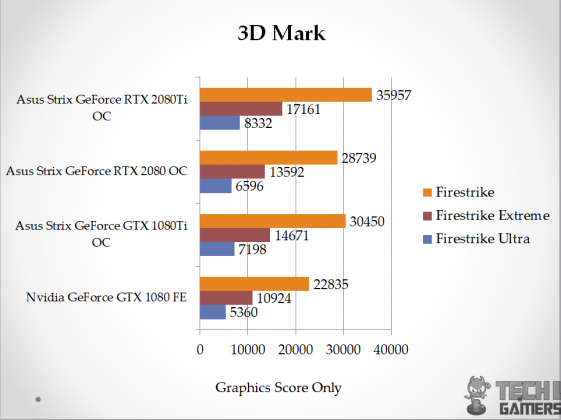
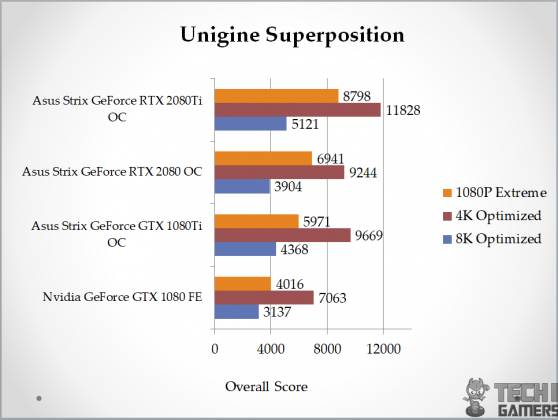
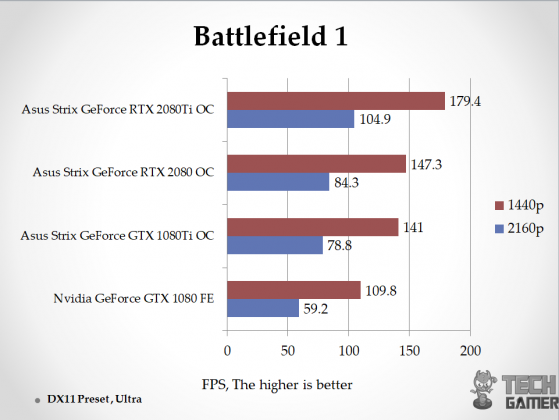
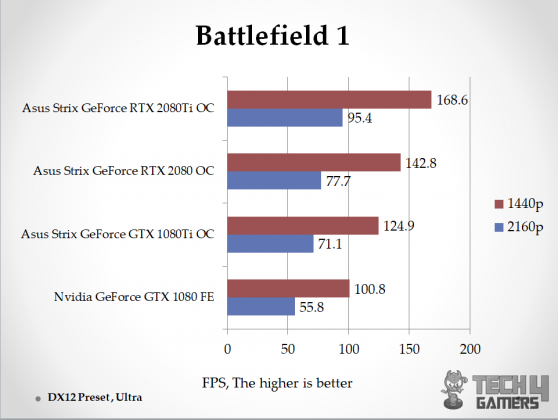
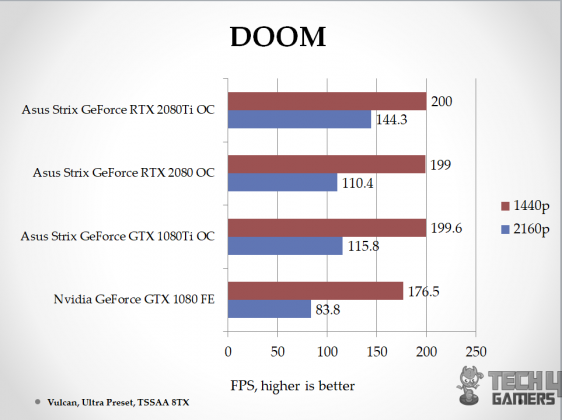
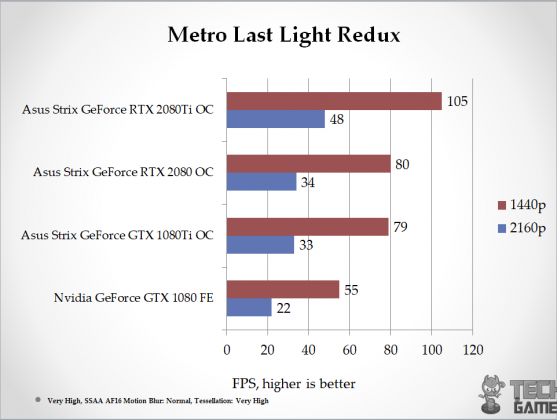

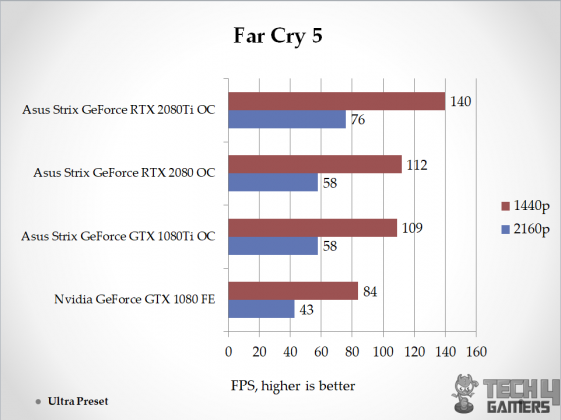
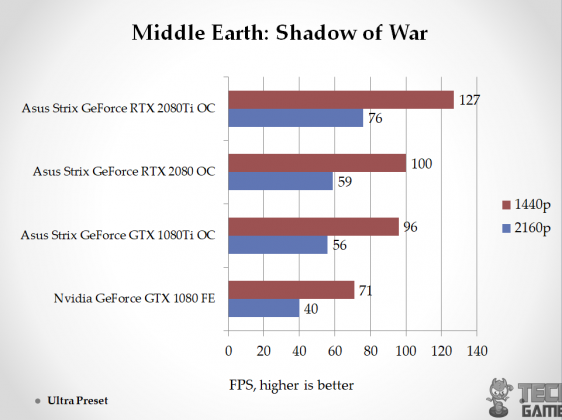
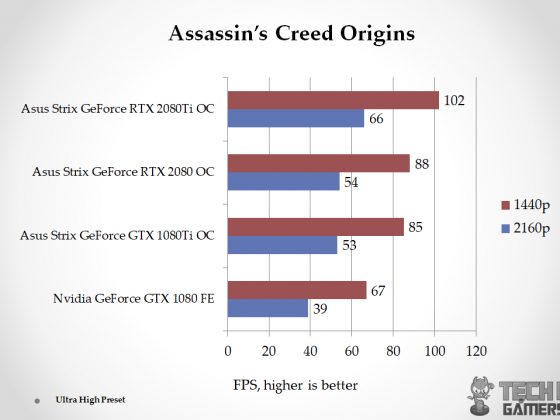
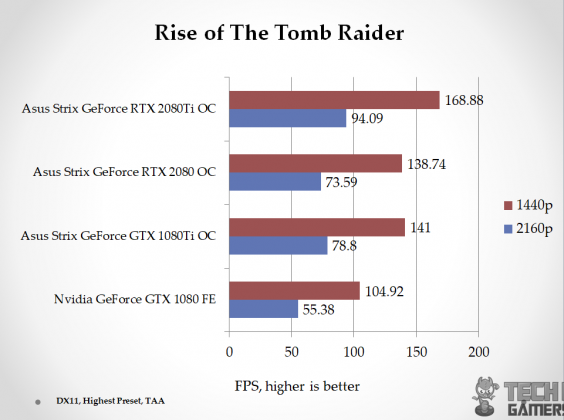
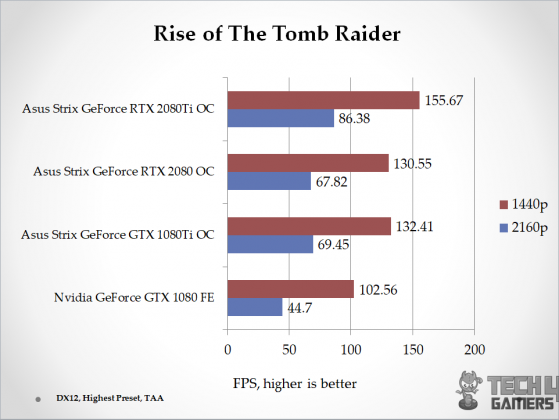
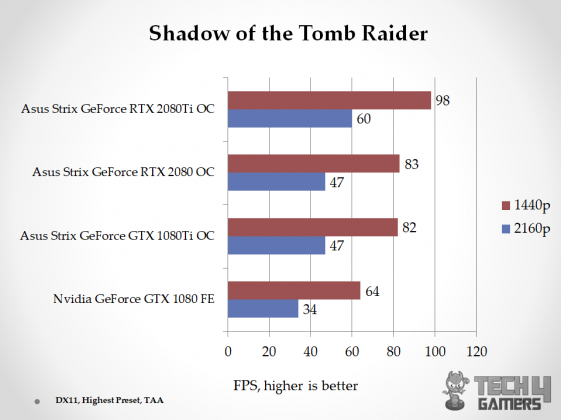
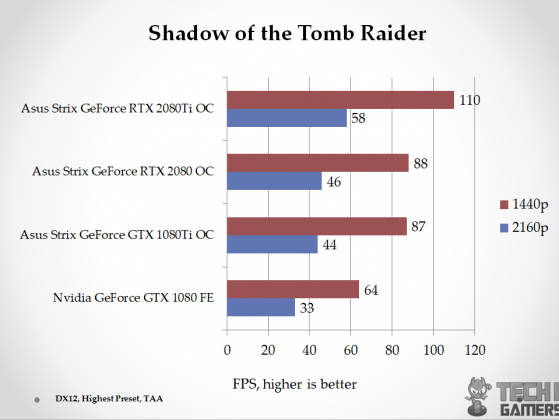
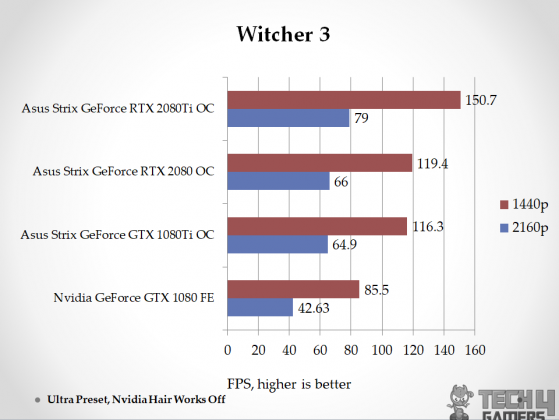
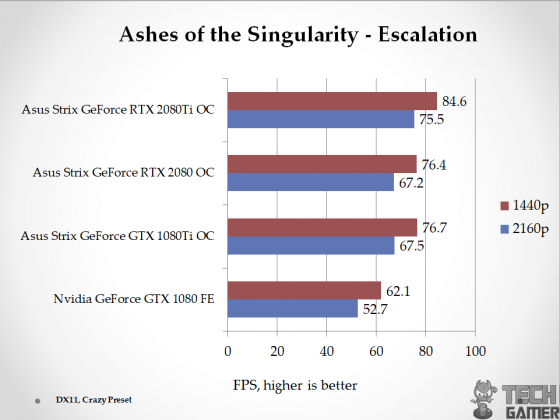
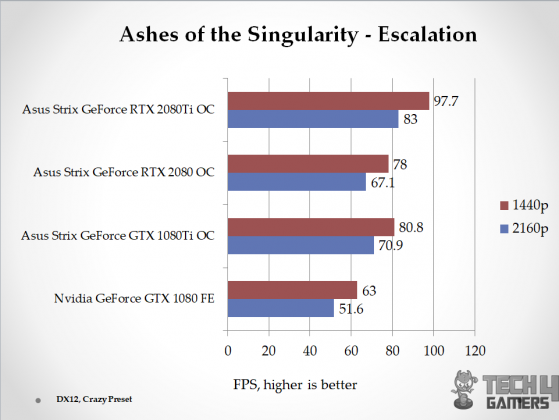

![Our Best RTX 4070 Super Graphics Cards [After Testing] Best RTX 4070 Super Graphics Cards](https://tech4gamers.com/wp-content/uploads/2024/01/Best-RTX-4070-Super-Graphics-Cards-218x150.jpg)
![Best Low Profile Graphics Cards [We Tested All] Best Low Profile Graphics Cards](https://tech4gamers.com/wp-content/uploads/2023/07/Best-Low-Profile-Graphics-Cards.jpg)
![Best RX 7600 Graphics Cards [Performance & Budget] Best RX 7600 Graphics Cards](https://tech4gamers.com/wp-content/uploads/2023/06/Best-RX-7600-Graphics-Cards-218x150.jpg)
![We’ve Found The Best RTX 3070 Graphics Cards [Our Top Picks] BEST RTX 3070](https://tech4gamers.com/wp-content/uploads/2022/07/best-rtx-3070-218x150.jpg)
